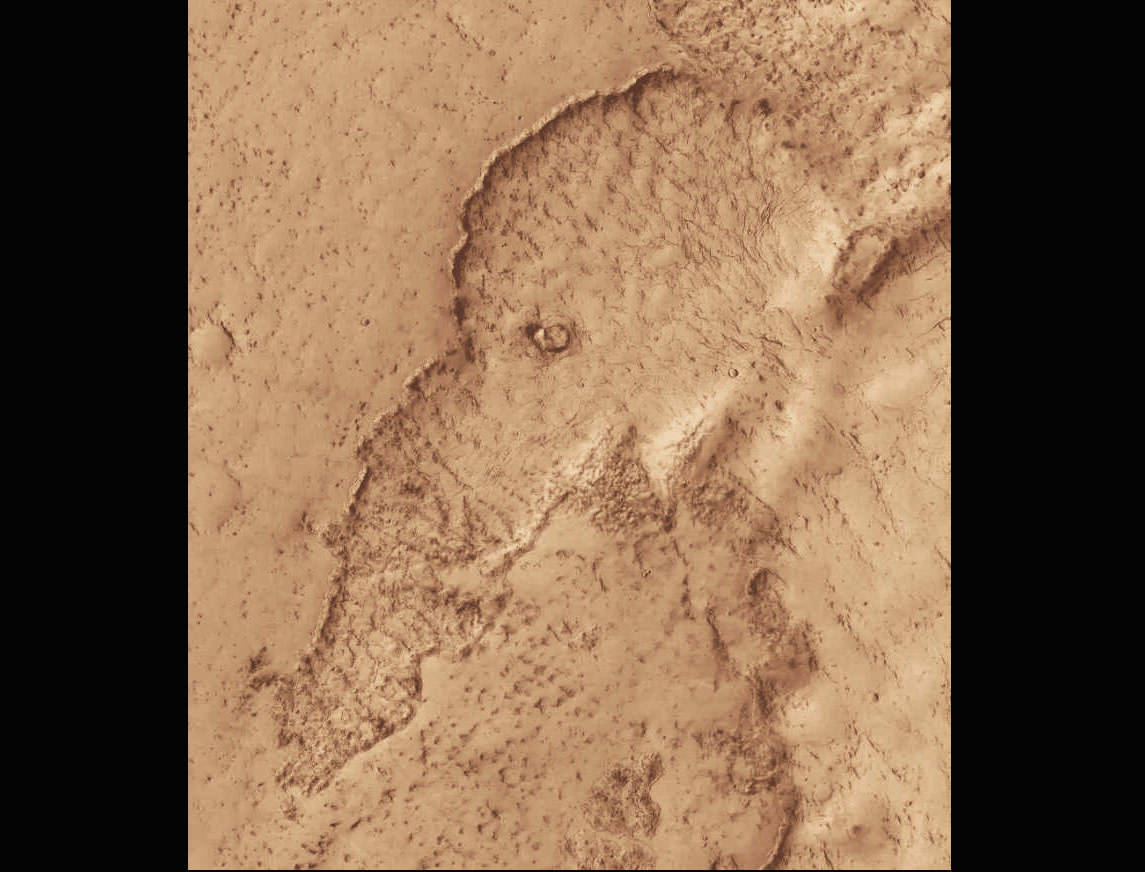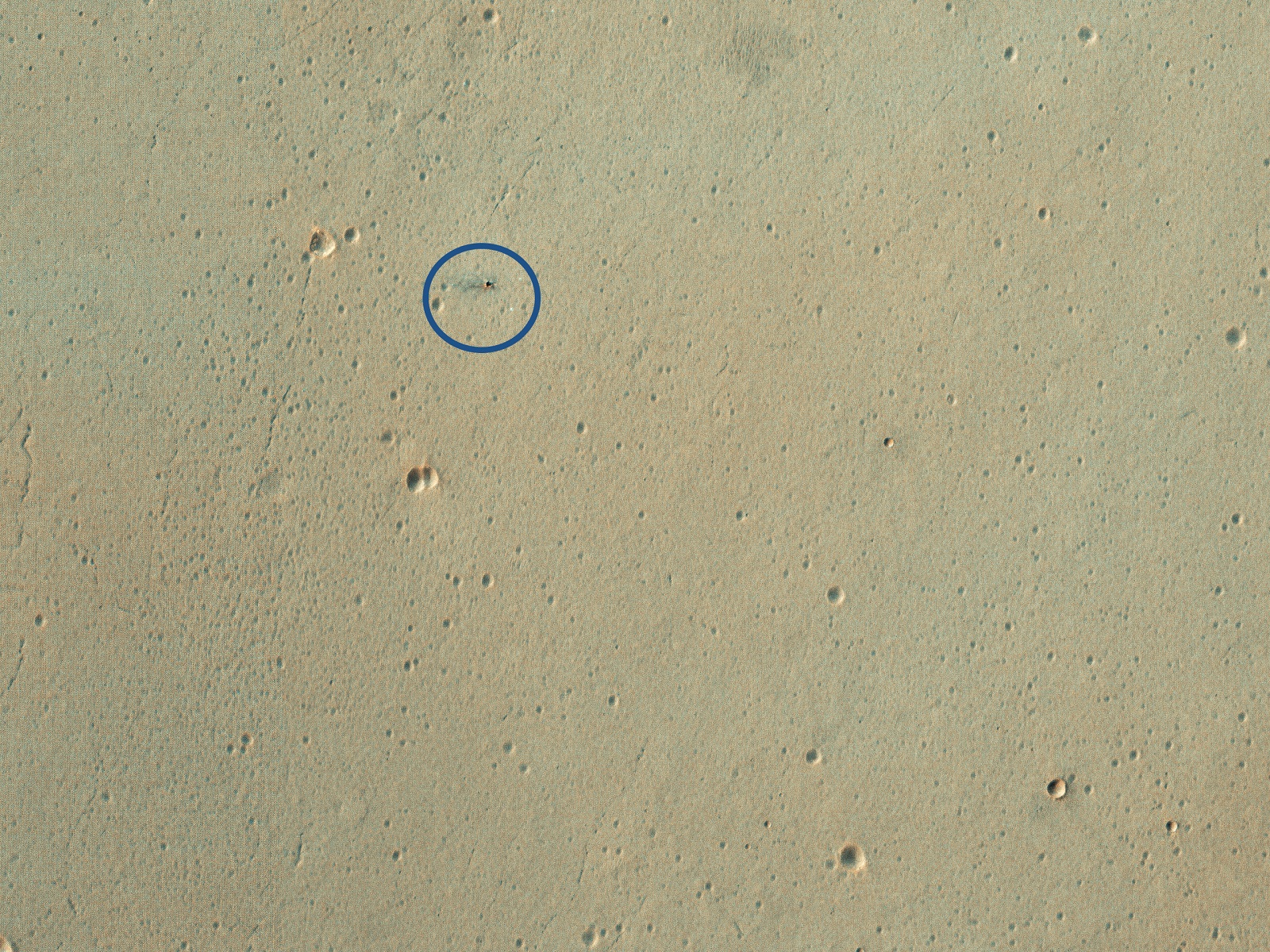Every second in the Universe, more than 3,000 new stars form as clouds of dust and gas undergo gravitational collapse. Afterward, the remaining dust and gas settle into a swirling disk that feeds the star’s growth and eventually accretes to form planets – otherwise known as a protoplanetary disk. While this model, known as the Nebular Hypothesis, is the most widely accepted theory, the exact processes that give rise to stars and planetary systems are not yet fully understood. Shedding light on these processes is one of the many objectives of the James Webb Space Telescope (JWST).
In a recent study, an international team of astronomers led by University of Arizona researchers and supported by scientists from the Max Planck Institute of Astronomy (MPIA) used the JWST’s advanced infrared optics to examine protoplanetary disks around new stars. These observations provided the most detailed insights into the gas flows that sculpt and shape protoplanetary disks over time. They also confirm what scientists have theorized for a long time and offer clues about what our Solar System looked like roughly 4.6 billion years ago.
Continue reading “The JWST Reveals New Things About How Planetary Systems Form”


